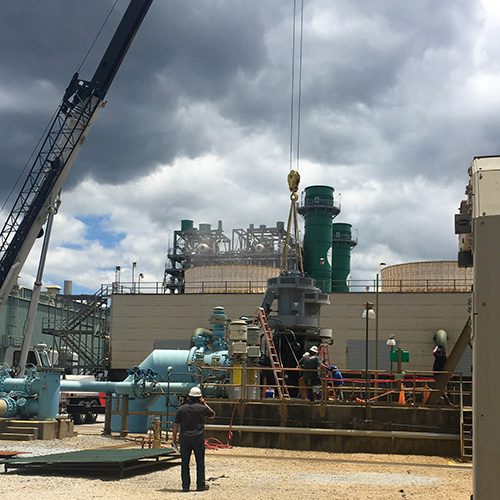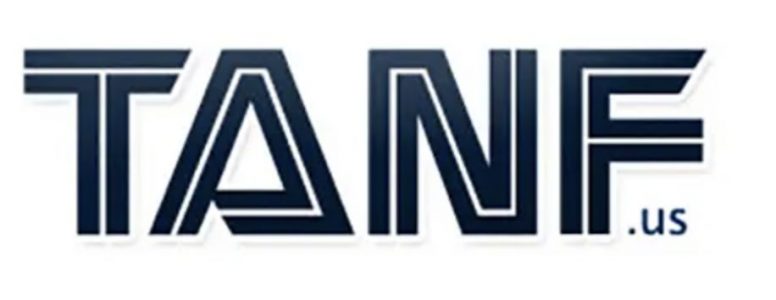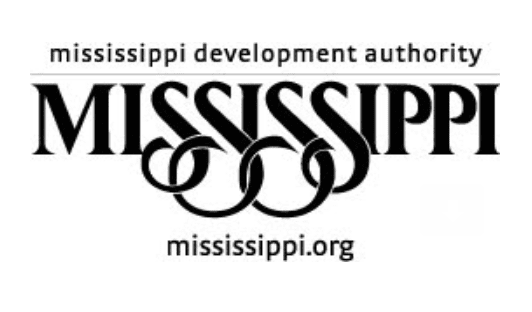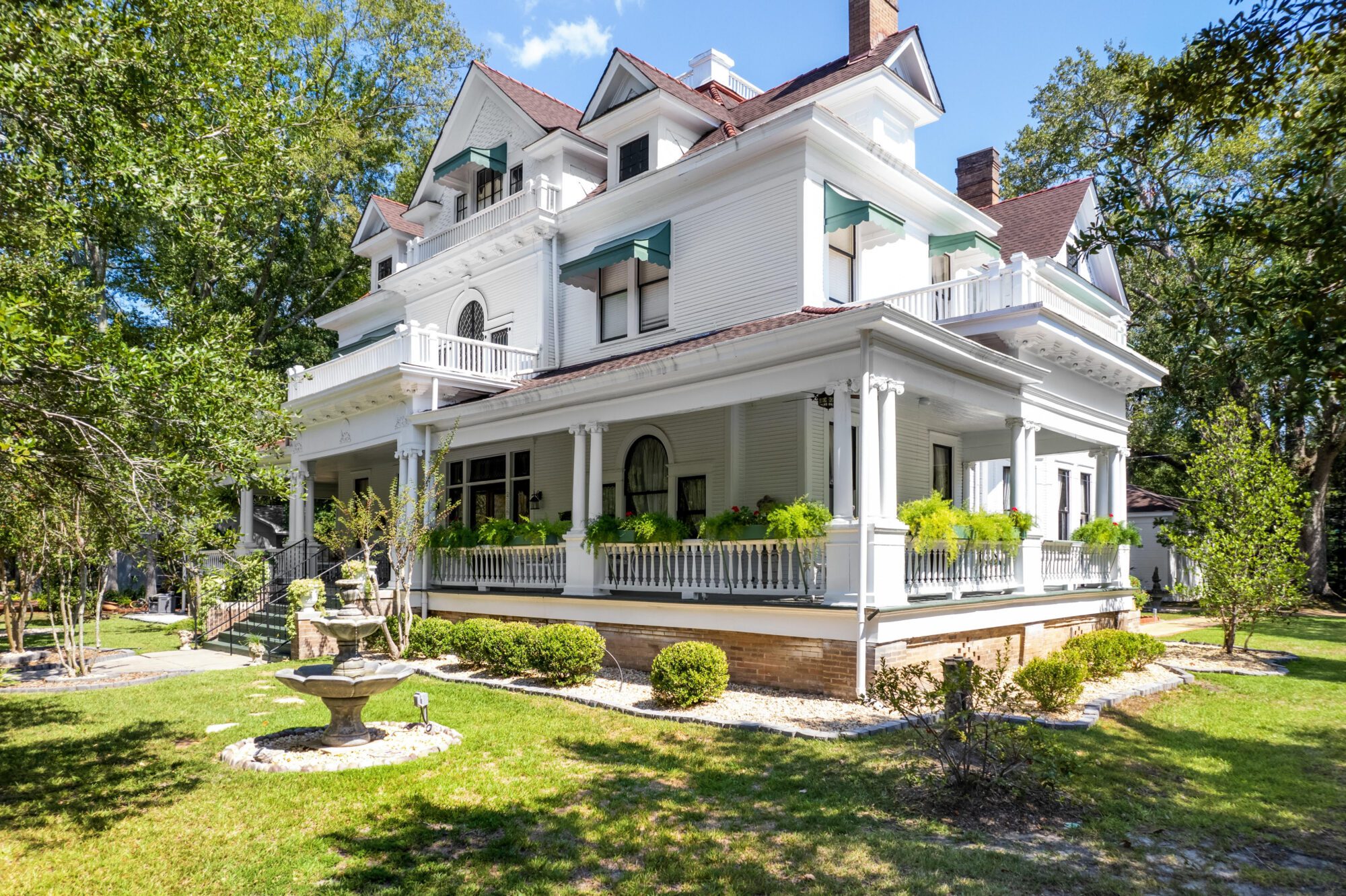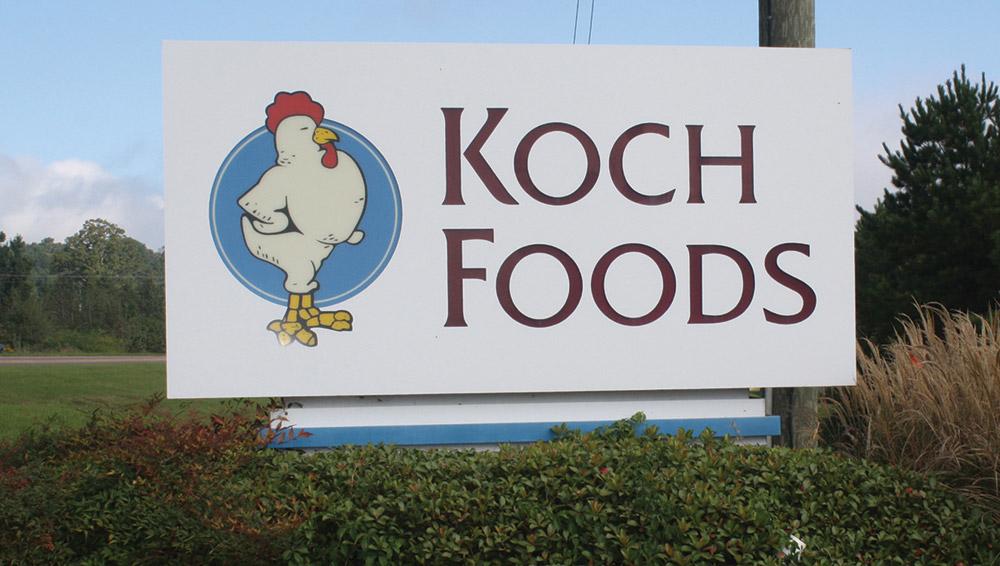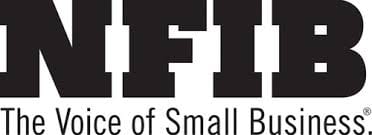
The NFIB Small Business Optimism Index declined in January to 95.0, down 0.9 from December and three points below the 47-year average of 98. Owners expecting better business conditions over the next six months declined seven points to a net negative 23%, the lowest level since November 2013. The net percent of owners expecting better business conditions has fallen 55 points over the past four months.
“As Congress debates another stimulus package, small employers welcome any additional relief that will provide a powerful fiscal boost as their expectations for the future are uncertain,” said NFIB Chief Economist Bill Dunkelberg. “The COVID-19 pandemic continues to dictate how small businesses operate, and owners are worried about future business conditions and sales.”
State-specific data isn’t available, but NFIB State Director Dawn Starns McVea said, “Small business owners will be reluctant to invest in new equipment or locations or add positions until they’re confident the worst of the pandemic is behind us and things really are back on track.”
Key findings include:
- Four of the 10 Index components declined, two improved, and four were unchanged.
- The NFIB Uncertainty Index decreased 2 points to 80.
- Sales expectations for the next three months declined 2 points to a net negative 6%.
- Earnings trends over the past three months declined 2 points to a net negative 16% reporting higher earnings compared to the prior period.
NFIB’s monthly jobs report showed job growth continued in January. Firms increased employment by 0.36 workers per firm on average over the past few months, up from 0.30 in December, a strong 2-month performance. However, the hiring remains uneven geographically and by industry.
Fifty-one percent of owners reported hiring or trying to hire in January, unchanged from December. Owners have plans to fill open positions, with a seasonally adjusted net 17% planning to create new jobs in the next three months.
Up three points from December, 55% of owners reported capital outlays in the next six months. Of those making expenditures, 41% reported spending on new equipment, 27% acquired vehicles, and 15% improved or expanded facilities. Five percent of owners acquired new buildings or land for expansion and 12% spent money on new fixtures and furniture. Twenty-two percent of owners’ plan capital outlays in the next few months, unchanged from December but still low.
A net negative 7% of all owners (seasonally adjusted) reported higher nominal sales in the past three months, down 5 points from December. The net percent of owners expecting higher real sales volumes decreased 2 points to a net negative 6%, overall, not a positive picture.
The net percent of owners reporting inventory increases rose 2 points to a net negative 4%. Owners viewing current inventory stocks as “too low” decreased 2 points in January to a net 5%, matching the decline in the percent of firms reporting higher inventories. A net 4% of owners plan inventory investment in the coming months. Overall, a positive inventory picture.
Owners raising average selling prices increased 1 point to a net 17% (seasonally adjusted). Eleven percent reported lower average selling prices and 27% reported higher average prices.
Price hikes were the most frequent in wholesale (40% higher, 6% lower) and retail (27% higher, 10% lower). Seasonally adjusted, a net 28% plan price hikes, up six points from December.
A net 25% of owners (seasonally adjusted) reported raising compensation (up four points) and a net 17% plan to do so in the coming months (up three points). Only seven percent of owners cited labor costs as their top business problem and 21% said that labor quality was their top business problem.
The frequency of reports of positive profit trends decreased 2 points to a net negative 16% reporting quarter on quarter profit improvement. Among owners reporting lower profits, 43% blamed weaker sales, 17% cited the usual seasonal change, 6% cited a higher cost of materials, 6% cited labor costs, and 5% cited lower prices. For owners reporting higher profits, 60% credited sales volumes, 17% cited usual seasonal change, and 8% cited higher prices.
Only 2% of owners reported that all their borrowing needs were not satisfied, down one point from December. Twenty-two percent reported all credit needs met and 61% said they were not interested in a loan. A net 1% of owners reported their last loan was harder to get than in previous attempts.
One percent reported that financing was their top business problem. The net percent of owners reporting paying a higher rate on their most recent loan was negative 4%, up one point from December, a friendly lending market.
Click here to view the full report.
###
Release from NFIB.
